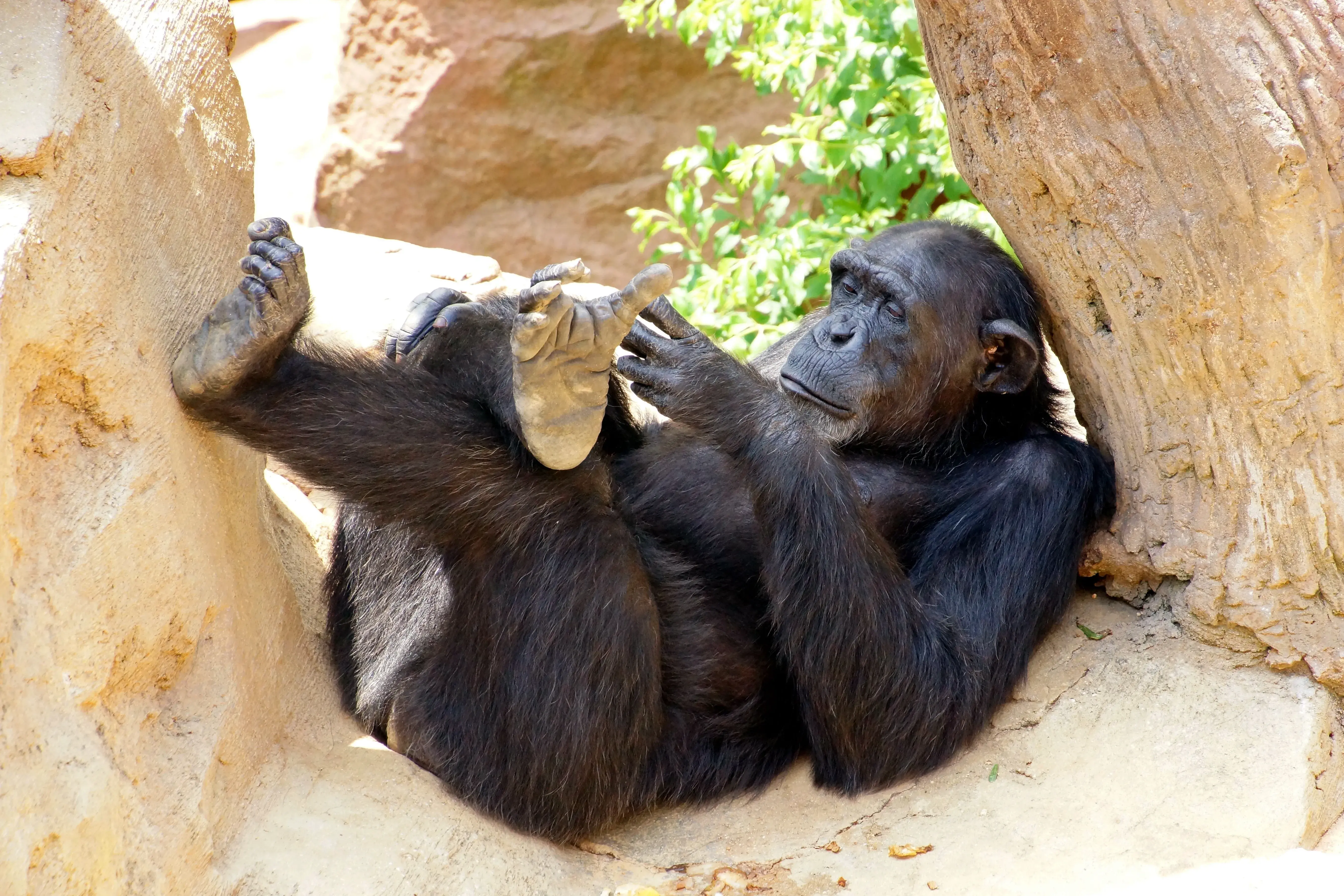Kilimanjaro Routes and Itineraries
Welcome to our Kilimanjaro Routes and Itineraries! At Tanzania Inside and Safari, we are dedicated to providing you with the ultimate Kilimanjaro experience. We take pride in recommending four exceptional routes, each offering a unique perspective of this magnificent mountain. What sets us apart is our commitment to tailoring these adventures to all types of travelers.
Lemosho Route: The Path Less Traveled
Experience a breathtaking journey along the Lemosho Route, renowned as one of the most beautiful trails up Mount Kilimanjaro. This route takes you across the expansive Shira Plateau, from the west to the east, in a relatively flat hike. Not only will you revel in the stunning natural beauty, but you'll also enjoy the tranquility of fewer crowds until you converge with the Machame Route near Lava Tower.
Marangu Route: Kilimanjaro's Classic PathIdeal for trekkers with limited time, the Marangu Route provides a direct and efficient journey to the summit without compromising on breathtaking views. Known as the "Coca-Cola Route," it features comfortable hut accommodations and a well-established trail, making it a popular choice for those seeking a balanced and rewarding Kilimanjaro adventure. Conquer the Roof of Africa while enjoying a seamless and memorable experience
Machame Route: Kilimanjaro's Scenic MasterpieceThe Machame Route is perfect for adventurers eager to witness Kilimanjaro’s most stunning landscapes. Known as the "Whiskey Route," this trail offers unparalleled panoramic views, weaving through diverse ecosystems from lush rainforests to alpine deserts. With its longer itinerary and gradual ascent profile, the Machame Route provides excellent acclimatization opportunities, increasing your chances of reaching the summit safely and successfully.
Northern Circuit Route: A Deeper Kilimanjaro ExperienceThe Northern Circuit Route is the route of choice for those who yearn to immerse themselves in the heart of Kilimanjaro. This trail encircles the mountain in 360 degrees, offering an unprecedented opportunity to explore its every facet. Gaze upon the Amboseli National Park in Kenya and relish in the serenity of a less crowded path.
Rongai Route: The Quiet Ascent of KilimanjaroThe Rongai Route is the perfect choice for adventurers seeking a tranquil and unspoiled journey to Kilimanjaro’s summit. Starting from the mountain’s northern side near the Kenyan border, this route offers breathtaking views of the vast African savannah and a unique perspective on Kilimanjaro’s wilderness. With fewer trekkers and a gradual climb, the Rongai Route combines solitude and scenic beauty, making it an ideal path for those craving a quieter ascent.
Extend Your Adventure: Wildlife Safaris and Zanzibar ToursAs an added bonus, we offer you the opportunity to continue your adventure with a thrilling wildlife safari or a serene Zanzibar tour after your Kilimanjaro climb. Our experienced team is here to seamlessly organize these unforgettable experiences for you.
At Tanzania Inside and Safari, we are not just tour guides; we are your partners in crafting unforgettable memories. Let us make your Kilimanjaro adventure the journey of a lifetime. Get in touch with us today to start planning your dream expedition.
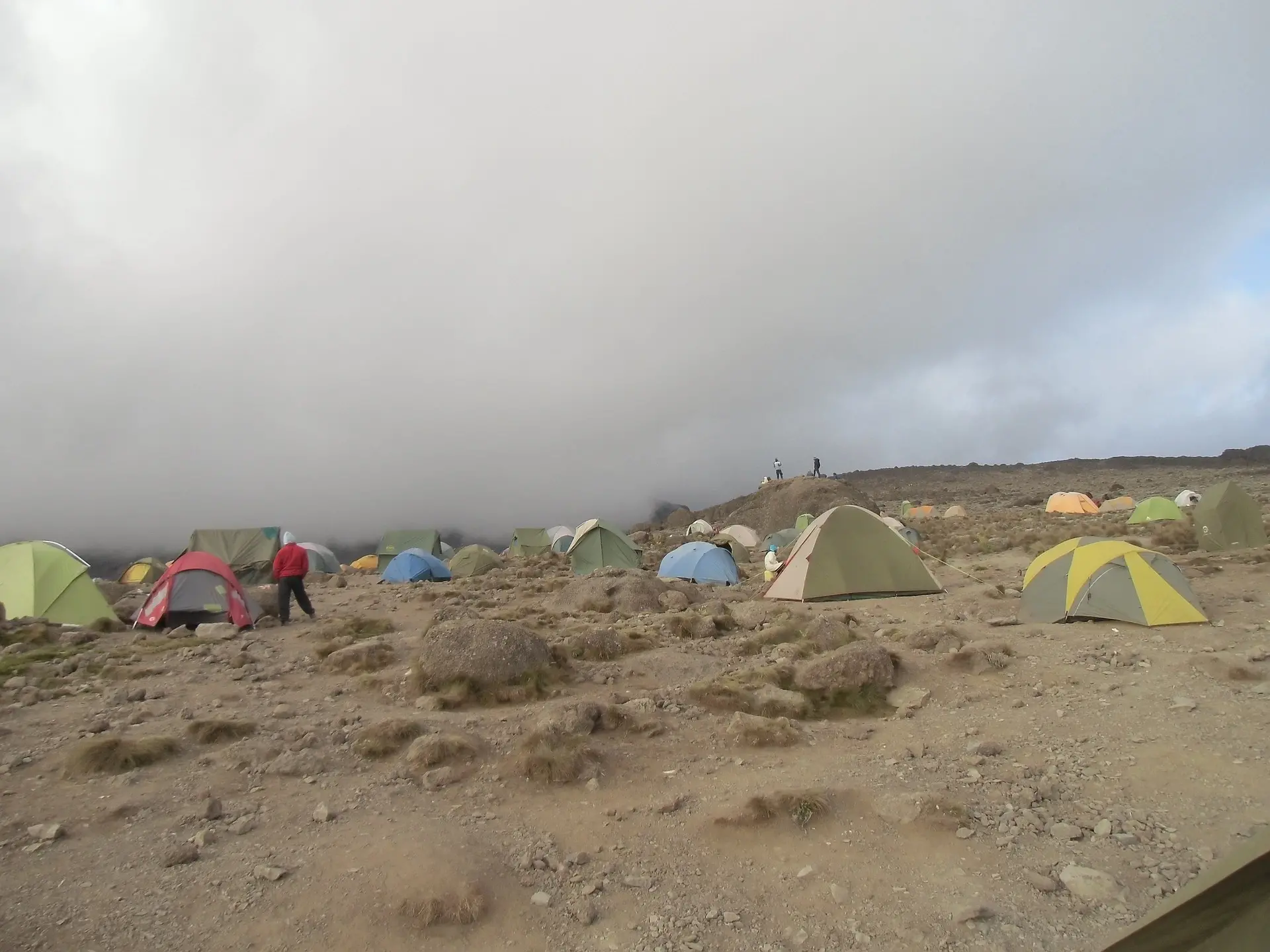
From $2,405
Machame Route 7 days (9 Day Tour)
The most popular route to the summit of Mount Kilimanjaro these days is Machame route, and for good reason. This trail offers stunning views, a reasonable challenge, and plenty of time to acclimate.....
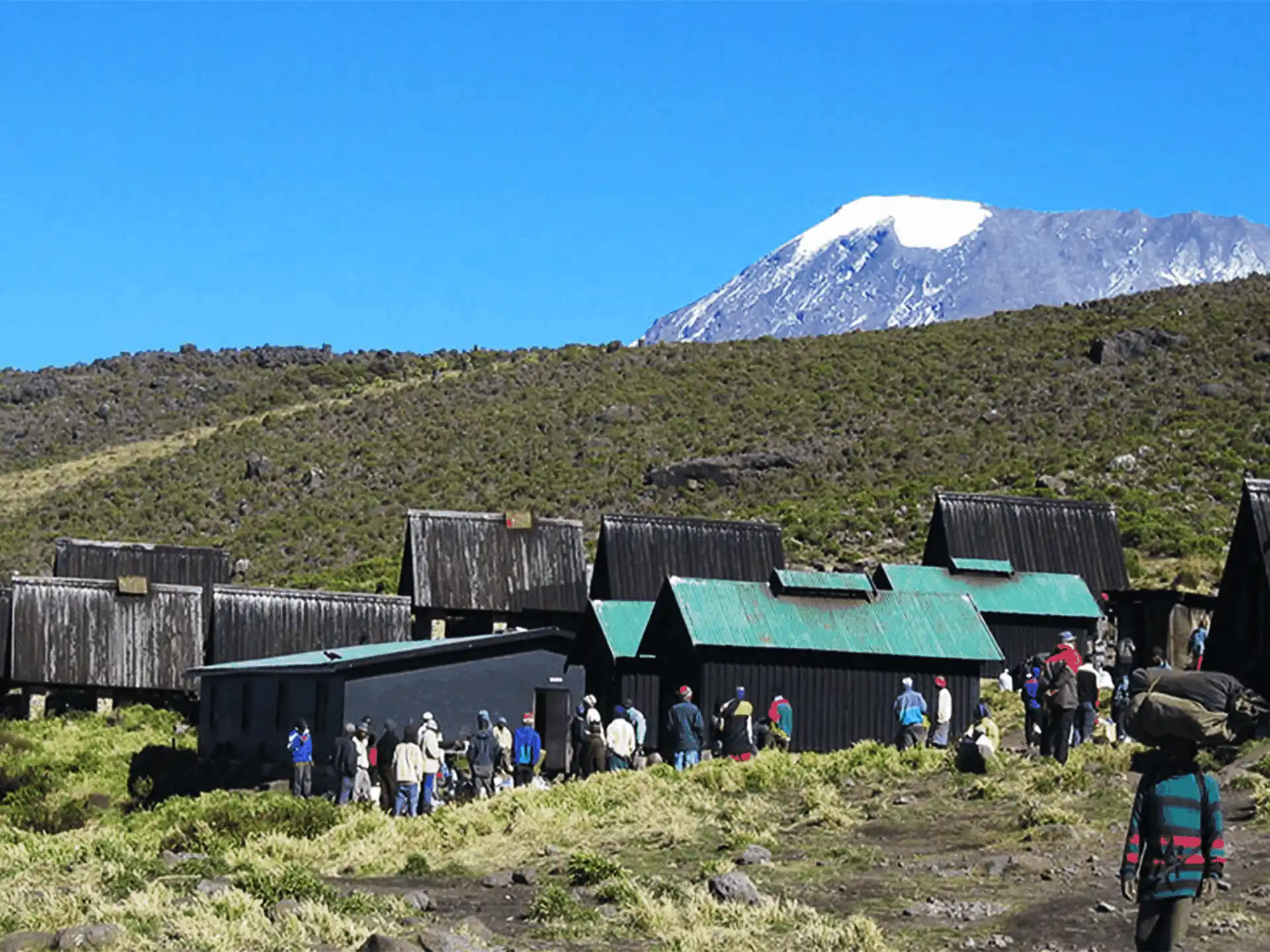
From $2,162
Marangu Route 6 Days (8 Day Tour)
The Marangu Route is the oldest and most well established trekking route on Mount Kilimanjaro, and it remains extremely popular, despite a wide variety of other options becoming available.

From $2,760
Lemosho Route 8 Days (10 Day Tour)
The Lemosho Route is renowned as one of the most beautiful trekking trails on Mount Kilimanjaro. This scenic path takes you through lush forests and across the stunning Shira Plateau, offering breathtaking views along the way. With its varied landscapes and ample opportunities for acclimatization, it’s a favorite for those seeking both adventure and unforgettable scenery.
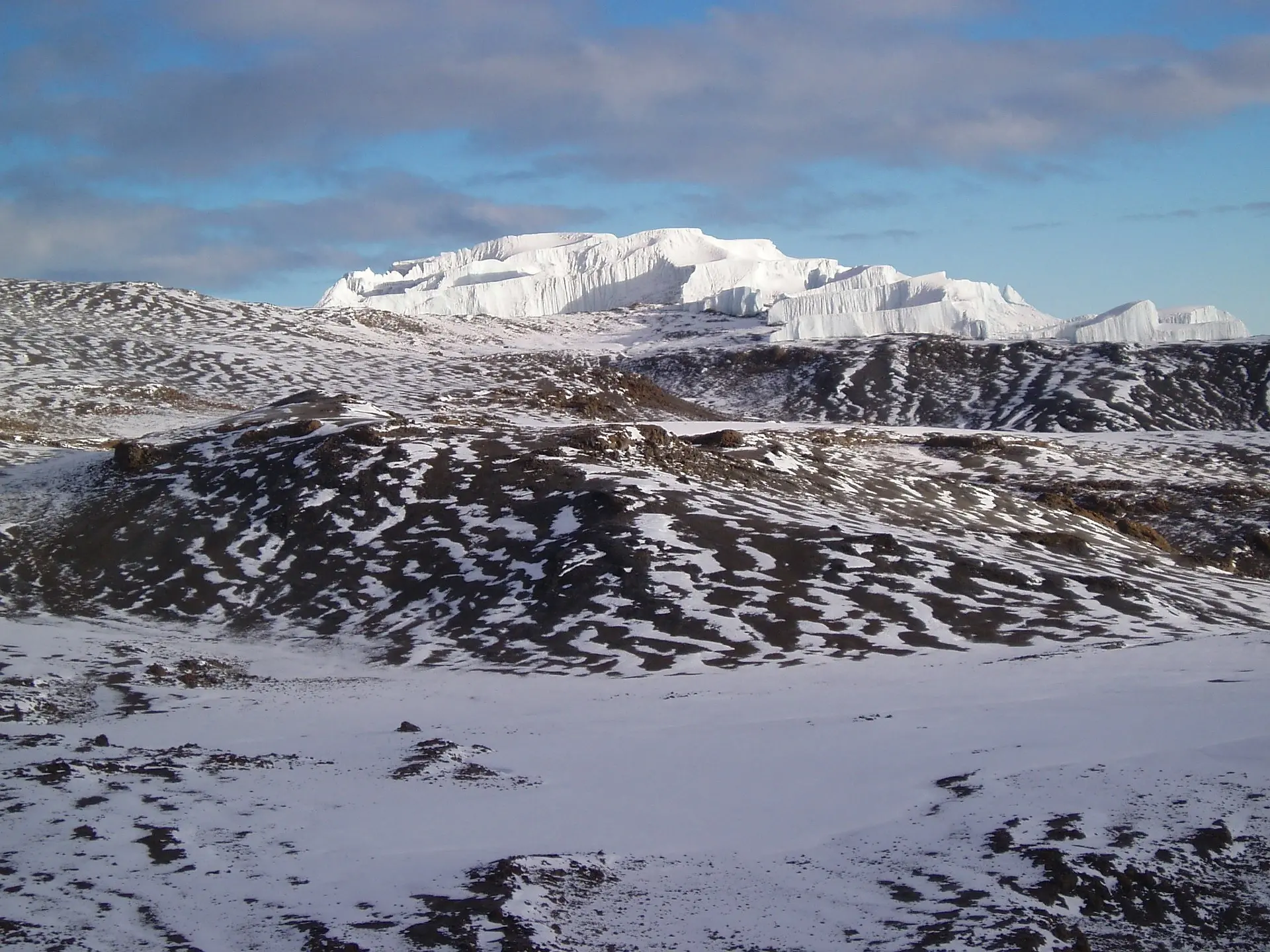
From $2,405
Rongai Route 7 days (9 Day Tour)
TThe Rongai Route offers a serene and unique option for those looking to reach the summit of Mount Kilimanjaro. Starting on the quieter northern slopes, this path delivers a distinctive experience, complete with a variety of special advantages.
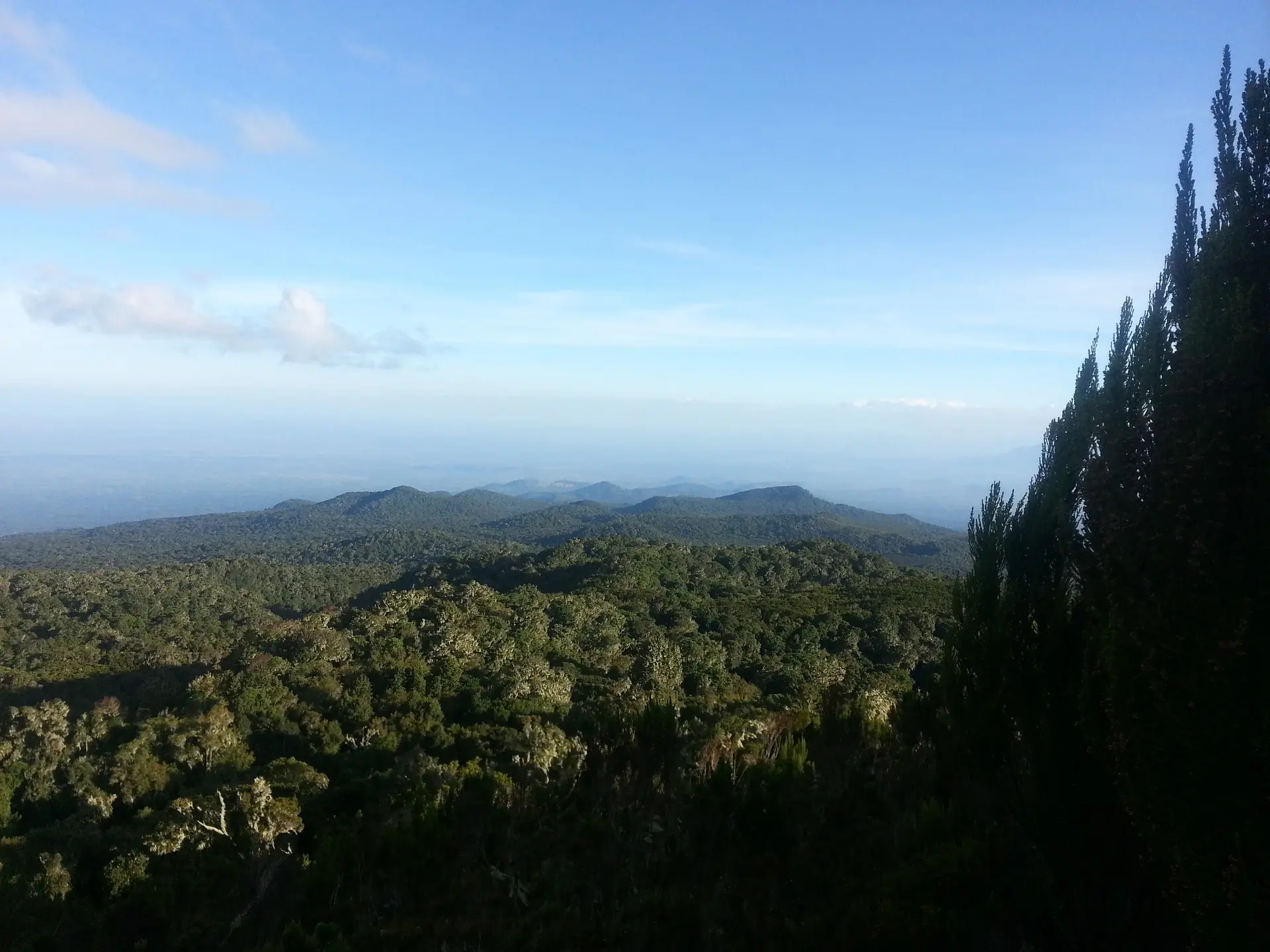
From $2,162
Umbwe Route 6 days (8 Day Tour)
The Umbwe Route is known for being the most direct and challenging path to Mount Kilimanjaro’s summit, offering a unique and rewarding trekking experience for adventurous climbers.

From $2,830
Northern Circuit Route 8 Days (10 Day Tour)
The Northern Circuit route is the newest route up Mount Kilimanjaro and arguably the best. That’s because the a combination of all of the best elements of the other routes, rolled into one fantastic hike. If you’re looking for beautiful scenery, plenty of solitude, a healthy challenge, and the potential to spot wildlife, this is definitely the route for you.
Kilimanjaro Frequently Asked Questions
Mount Kilimanjaro is one of the most iconic climbs in the world, drawing trekkers from all over the globe. However, preparing for this adventure involves many questions. We've compiled answers to the most common ones below. If you need more details, feel free to contact us for personalized assistance.
- Hike slowly to allow your body to adjust to the reduced oxygen levels.
- Drink 3-4 liters of water daily to stay hydrated.
- Participate in short acclimatization hikes to higher elevations during the climb.
- Consider climbing Mount Meru or other lower-altitude peaks as training.
- Opt for routes that last at least seven days to give your body more time to adjust.
EXCELLENT

Based on 30 reviews



Roderick P


William J


Jane R
Let's talk about your
Trip to Africa!
All our custom itineraries are inspired by our travel experts and positive feedback from past travelers. We're sharing them so you can get a taste of the experience. However, we're flexible and can tailor-make an itinerary just for you. Let us know your preferences (parks, accommodation, timing, etc.), and our safari experts will create a personalized proposal. USEFUL ARTICLES PLAN MY TRIP
Let's talk about your
Trip to Africa!

Unleash the wild beauty of Africa! Trek Mount Kilimanjaro, roam the Serengeti, and explore Ngorongoro Crater—your extraordinary safari awaits. Book Your Dream Adventure Today!
Close